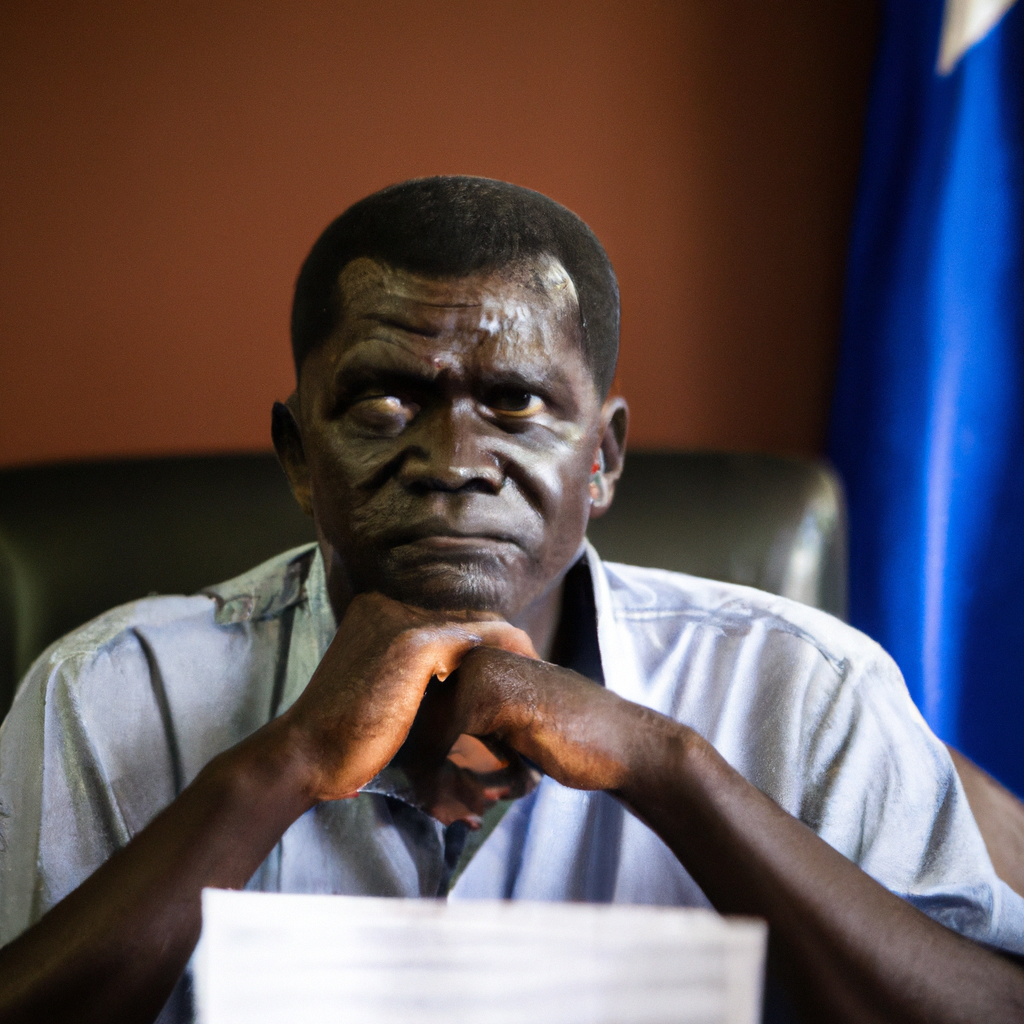A recent outbreak of the Marburg Virus Disease (MVD) has emerged in Uganda, raising alarm among health officials and the community. The disease, known for its high fatality rates, primarily affects humans and non-human primates. In Uganda, authorities have reported multiple confirmed cases, and a sense of urgency has prompted a swift response from both local and international health organizations. Early indications suggest that the virus may be spreading rapidly, warranting immediate public health interventions to contain the outbreak. The government is mobilizing resources and enlisting the support of various stakeholders to combat this emerging threat effectively.
Understanding Marburg Virus Disease
Marburg Virus Disease is a severe and often fatal illness caused by the Marburg virus, which is related to the Ebola virus. Since the disease was first identified in the early 1960s, several outbreaks have occurred globally, with Africa being the most affected continent. The current situation in Uganda is particularly concerning due to the virus’s high transmission dynamics and the lack of a specific treatment.
Transmission usually occurs through direct contact with bodily fluids of infected individuals or animals such as fruit bats, which are believed to be natural hosts of the virus. As population density increases and human-wildlife interaction continues, the risk of spreading the virus grows. Symptoms often include fever, vomiting, and in severe cases, hemorrhagic manifestations.
Government Response and Public Health Measures
In response to the outbreak, the Ugandan government has put into place several measures aimed at controlling the spread of the virus. The Ministry of Health has launched a public awareness campaign to educate the population on prevention methods, including:
- *Avoiding contact with infected individuals or their bodily fluids.*
- *Practicing hand hygiene using soap and water or alcohol-based sanitizers.*
- *Reporting any suspected cases to health authorities immediately.*
Additionally, quarantine measures are being enforced in affected regions to prevent further transmission. The government has established isolation units to treat confirmed cases and curb the spread. Contact tracing is another critical component of the response strategy, allowing health officials to monitor individuals who may have come into contact with infected persons.
International Support and Collaboration
The outbreak has drawn attention from international health organizations, including the World Health Organization (WHO). WHO has mobilized resources and expert guidance to assist Uganda in navigating this public health crisis. As a region known for its rich biodiversity, Uganda stands at a crossroads where addressing health risks associated with zoonotic diseases is paramount.
Moreover, collaboration with neighboring countries has been enhanced to monitor movement across borders and strengthen regional responses. Rapid response teams and surveillance at points of entry are vital strategies being employed to prevent a wider outbreak.
The Importance of Community Engagement
Local communities play a vital role in the fight against the Marburg Virus Disease. Community leaders and organizations are essential in empowering individuals with knowledge about the disease and encouraging them to adhere to health advisories. Engaging communities in disease prevention activities fosters trust and cooperation with health care providers, ultimately leading to successful health outcomes.
Health indicators show that disease outbreaks can lead to sharp declines in health-seeking behaviors. Public health campaigns focused on increasing the uptake of available medical services and emphasizing the significance of timely reporting are crucial.
Conclusion and Future Directions
As Uganda grapples with the challenges posed by the Marburg Virus Disease, the response continues to evolve with infectious disease management at the forefront. The collaborative efforts between government agencies, international organizations, and community members are essential in achieving an effective response.
Thorough surveillance, prompt case management, and public awareness are vital strategies to mitigate the impact of the outbreak. Moving forward, Uganda must invest in strengthening its health infrastructure and enhancing early warning systems to better prepare for potential future threats. Developing a robust public health framework is crucial in ensuring a resilient response to emerging infectious diseases in Uganda.










